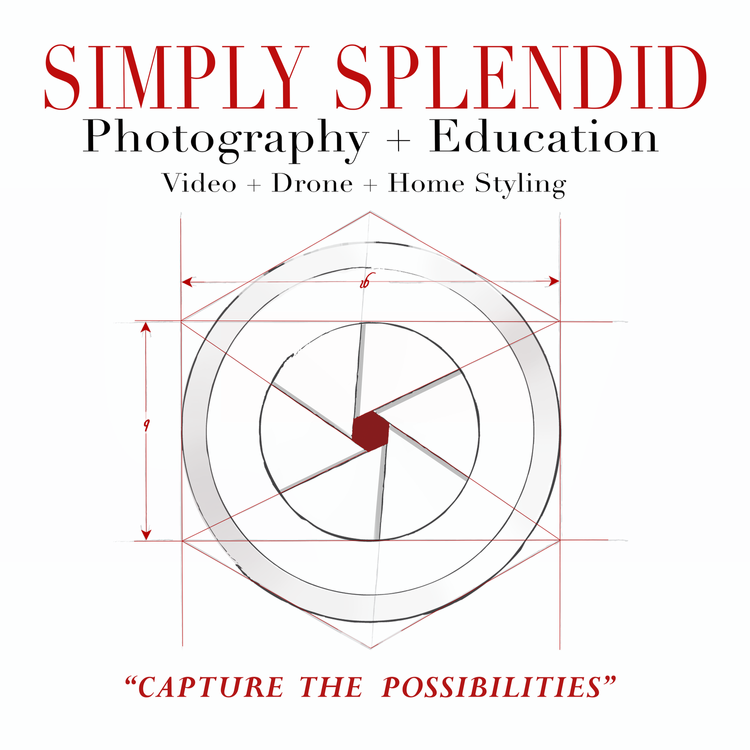Written by Hayden de Maisoneuve Yates
Is there a difference between what you are supposedly capturing with your camera and what you actually see with your own eyes?
When you stop and take a picture with your camera phone, do you ever ask yourself what that difference is?
I think most of us don’t think about it that much. We just simply take a picture as an immediate impulse or emotionally driven reaction to something that we are not even consciously aware of. There are countless reasons why we do take pictures. Some of us want to take a picture as a means to tell a story of our own lives. Typically, When I pause to take an image with my iPhone, it’s because something about that place or moment I am experiencing has struck me emotionally as being worthy of sharing with my friends and loved ones, or something I want to memorialize and to look back on some day, or just maybe something I want to share on Instagram for the rest of the world to see. Others want to capture the creative work they put in as designers, architects or stagers and grow their portfolio, while others just want to capture the special moments of their lives when they felt happy. The list goes on.
Have you ever experienced the disappointment of not being able to capture with your camera what you saw in your mind’s eye?
You saw something that absolutely took your breath away, and all you could think about is to try to capture it with your iPhone/Android to only find out later when you got home, it’s not the same thing. That it is at best a mediocre version of what you actually experienced or saw with your own eyes. And how many of you would then judge yourself as a terrible photographer for not being able to capture such an experience, like a sunset?
I would like to take this opportunity to demystify something about cameras. Most of us think that what we see is what we are going to get. In other words, what we experience with our eyes is what we capture on camera. WRONG! Cameras cannot capture what you actually see with your naked eye. More on that later.
I think many of us feel very intimidated or inadequate when it comes to taking pictures. Besides living in a society like America where visual storytelling, like photography and Hollywood movies, has been an integral part of our culture for almost 140 years, we sometimes forget that we are a culture in which the media impacts all of our lives, whether it’s for leisure, entertainment or survival. Television as well as Facebook and Instagram, with the help of our smart Phones and iPads have become our main source for information, visual and oral, and for some of us they have become our only source of information.
So, when we actually bring up what a camera captures as compared to what we actually see with our eyes, not a lot is being said about that comparison. The camera, like the type that professional photographers use, is simply a black box with a hole in it, through which light enters, and the lens, which controls how much, also renders that light into focus to recreate an image inside that box. The process by which this camera works and the way we see through our eyes and reconstruct an image in our brain is very similar. However, the similarity stops here.
There is a vast difference between what the camera captures and what you physically see with your own eyes. Because our eyes can see and process so much more detail than our camera ever can, we often find ourselves stupefied as to why our pictures turn out flat or uninteresting. The camera has its limitation compared to your eye. What are those limitations? The first one, the camera is simply a visual recorder that brings into a 2-dimensional space what you are visually experiencing in a 3-dimensional space, which means you lose depth. Why? Because the camera sees through one single ‘eye’ (the lens), as opposed to two. The lens of a camera can also distort your image further making the image somewhat surreal. Number two, it can only capture a portion of what you actually see in terms of your Field of Vision or View, how much you see up and down and left and right. Finally, it can only capture what technology will allow it to in terms of detail, contrast, color, texture, and dynamic range. Our brains with the use of both our eyes has ability to process images with a lot more range, accuracy and detail than all our cameras can.
So how can you bring back all of that detail and depth which you initially lost in translation when taking a picture? The answer is simply learning the CAMERA and the tools it offers, understanding COMPOSITION and EDITING. The camera itself, besides being just a black box, has within it, various integrated tools in order to bring back what it lost when snapping a picture. So, learning some of the concepts of the camera itself, like Aperture, Shutter speed and ISO is extremely helpful. Furthermore, understanding camera composition is like understanding a new language which is strictly visual in this case. In short, Visual Composition is a language which communicates what words can’t possibly.
“One picture is worth a thousand words” - Arthur Brisbane
Moonlight Ocean - captured on an iPhone and edited
That quote accurately describes the power, the nuance and the complexity that images have on us as humans. Composition helps bring back depth and movement to an otherwise flat 2-dimensional image. Finally, Editing is a way to bring back a sense of realism that might have been lost during the picture taking, such as texture, color and clarity. Additionally, editing also provides an opportunity for us to express ourselves in an abstract way.







